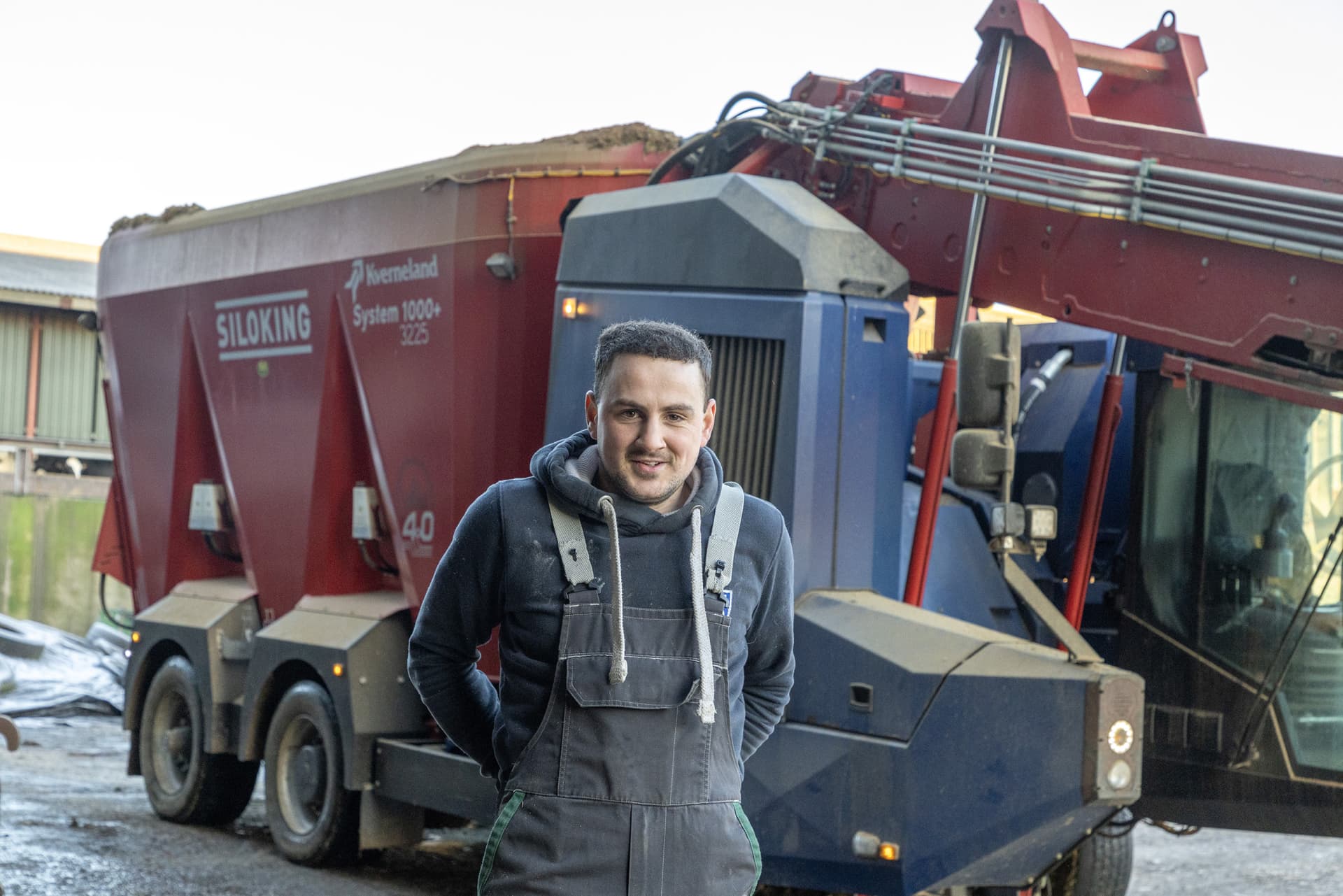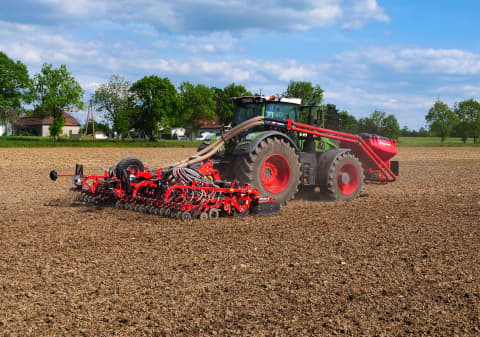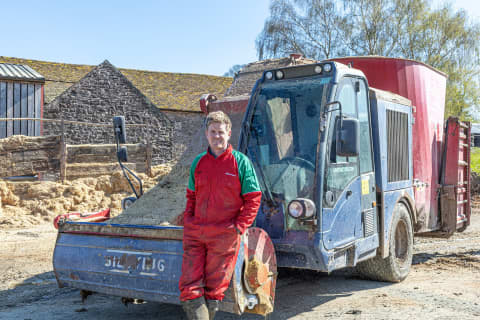It is why the family-run dairy farm on the south-western tip of Dumfries and Galloway has invested in a 32-cube Kverneland Siloking System 1000+ self-propelled feeder, which was supplied by J&S Montgomery.
“Before we changed to a self-propelled, feeding was tedious with a trailed machine, and it required much more kit to get the job done,” explains Scott Forsyth, pictured, who runs the farm with his father, Douglas. “Now, I sit in one comfortable and quiet cab with full access to rations, and precisely weigh everything I need through the milling head, before emptying the mix at the feed barriers.”
“Every ration has the same consistency, and the cows have a stable diet every day, which helps them to produce milk with settled tummies,” he adds. “I’m also mixing much more quickly now, preserving feed quality. It means our cows get the best quality grub they could wish for.”
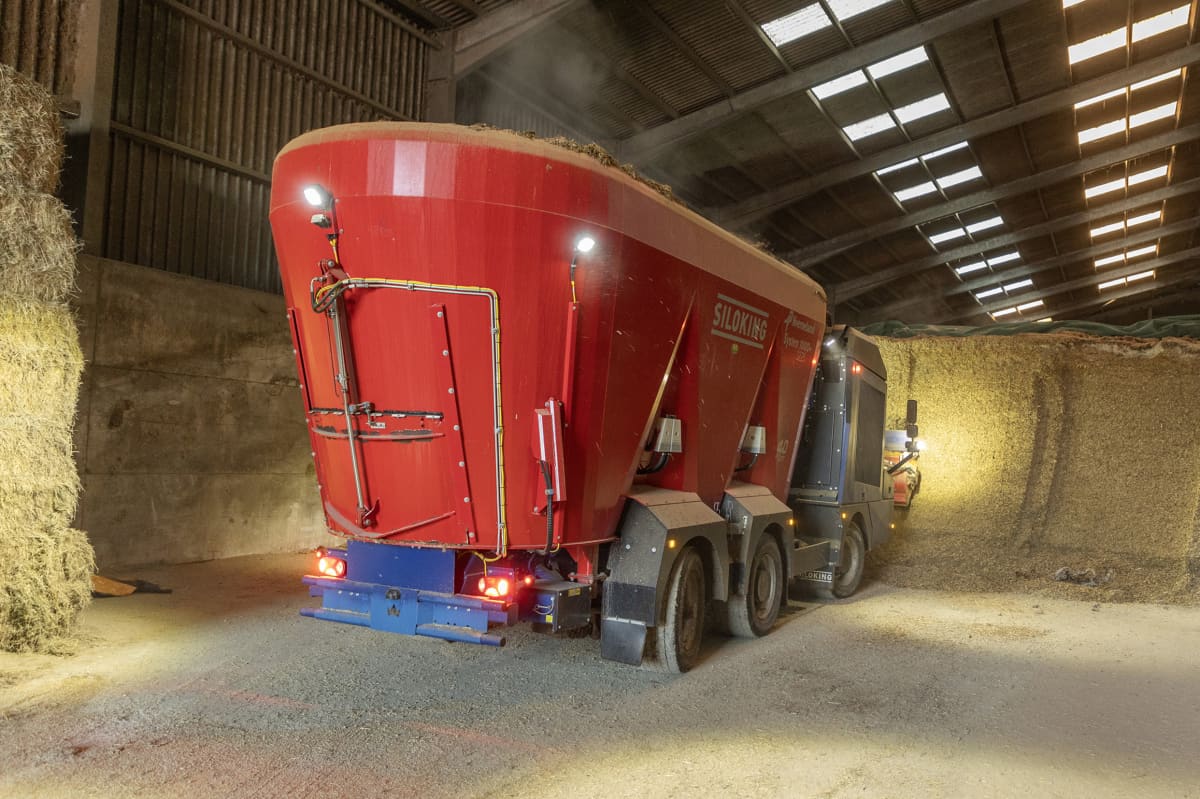
He says that a total of 10 ingredients go into the mixes required for high- and low-yielding cows, with the daily feeding regime completed in around 90 minutes.
“It takes just 10 minutes to load and mix what I need for each 10-tonne ration,” says Scott. “And our clamp face is so much neater, with no secondary fermentation. And with wireless data transfer, I have full traceability and easy access to feeding records that are shared between the office and the machine.”
The 286hp System 1000+ is a triple axle, triple auger machine, available in 25, 27, 29 and 32 cubic metre capacities. It also has two steering axles, creating a level of manoeuvrability that could embarrass a machine half its size.
“It turns on a sixpence,” he says. “We have one area of the yard where our trailed feeder simply couldn’t get around – this thing just glides around the corners.”
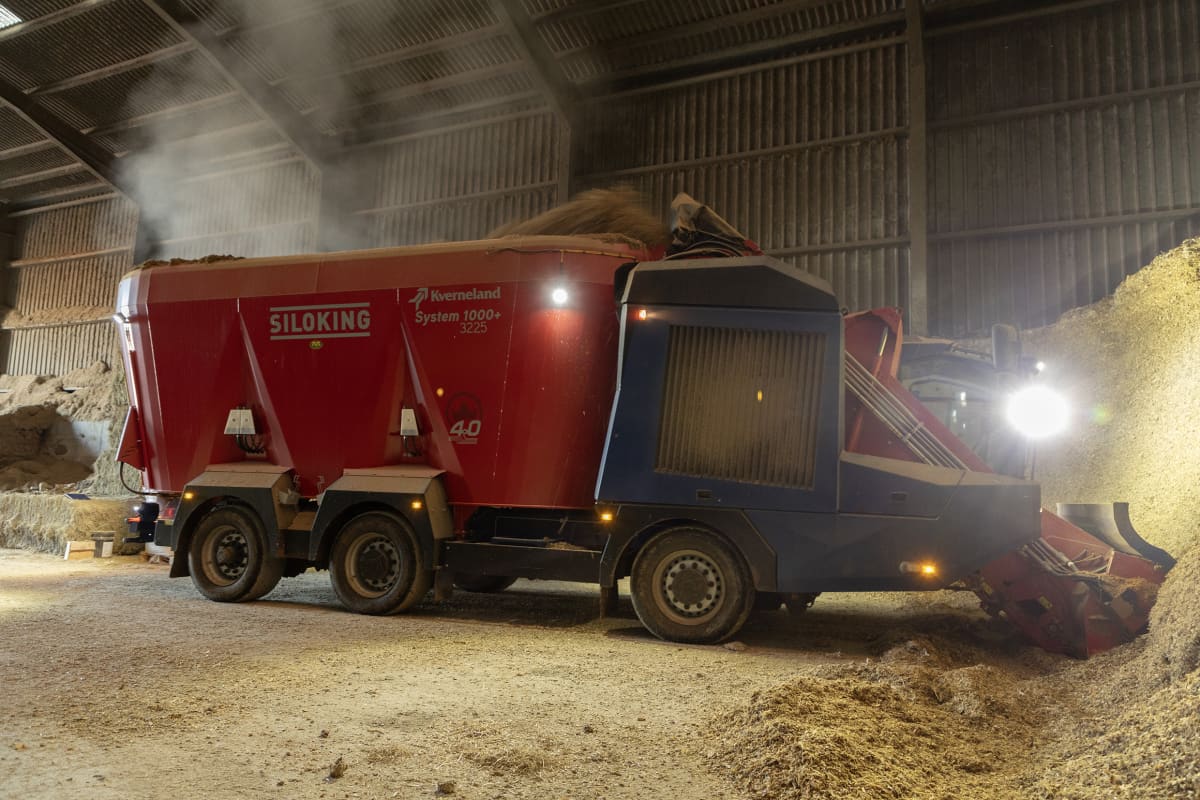
Machine specification includes a left-hand conveyor and central rear door – the latter can be used for pre-mixing ingredients.
“There’s five cameras around the feeder, so I have a good view of what’s happening,” he says. “It has made feeding a more enjoyable task, and the quicker process has bought us more time.”
The Forsyth’s 1,000-acre farm is self-sufficient when it comes to forage. Growing mostly grass silage, harvested over three cuts, Scott and his father Douglas have recently added maize into the mix, with the arrival of an eight-row trailed Optima precision drill.
“We’ve turned to maize as a replacement for whole crop, and with a demo of the Optima in 2022, we planted just 150 acres of maize to see how it would fare in our climate,” explains Scott. “Suffice to say, we kept the drill and pushed the maize area up to 250 acres.”
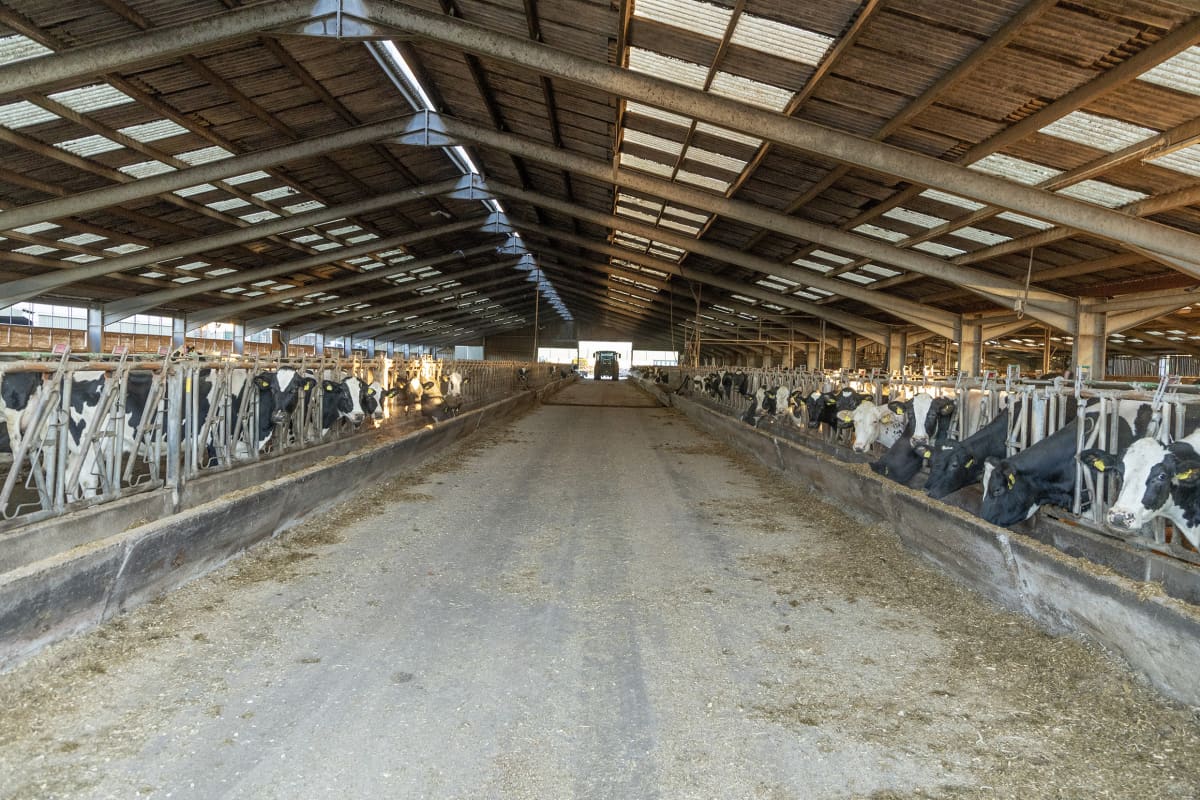
He says the result was impressive, with a yield of 17 tonnes/acre at 40% dry matter.
“We’re really pleased with the way it’s gone, and it’s proving a more beneficial feedstock for our cows, and our AD plant.”
He says that maize is not grown under plastic, but careful varietal choices make the most of the climate in Wigtownshire. In addition to starter fertiliser, maize seedbeds also get a generous application of digestate from the farm’s AD plant.
“We’re constantly refining and improving what we do across all aspects of the farm,” says Scott. “With the AD plant, we can utilise heat and electricity on the farm, while selling any surplus energy back to the grid.”
He says the next stage of the integrated farming processes will be to upgrade the forager, and with it, replace an eight-row header for a 12-row unit.
“We’d like to get to a point where we have the ability to produce two different chop lengths that better suit each application – a longer chop for the cows, and a shorter chop for the AD plant. And with two years of maize growing experience under our belt, and a good foundation for yield data, we’re well on our way to fine-tuning our efficiency for the tonnages we need.”

